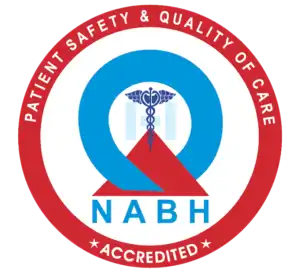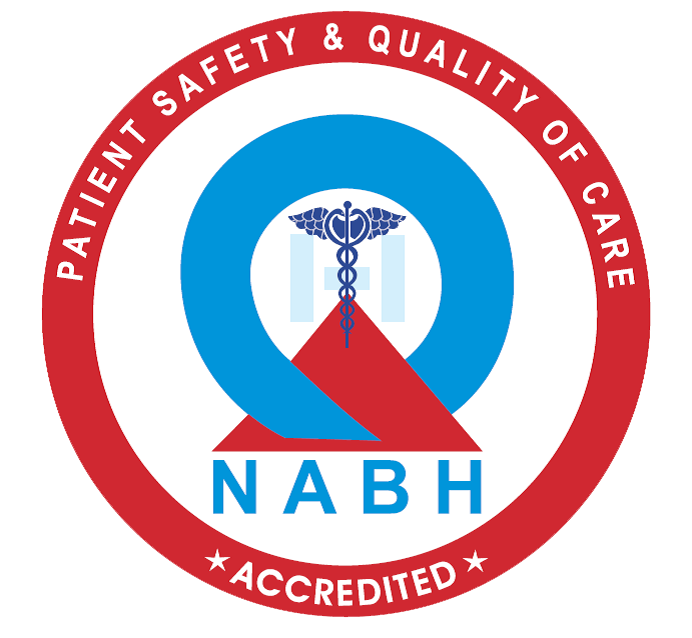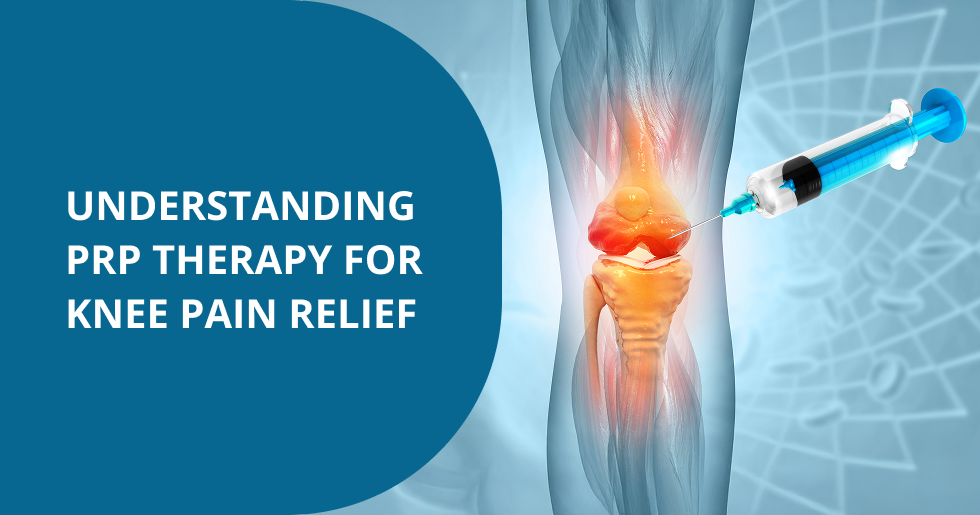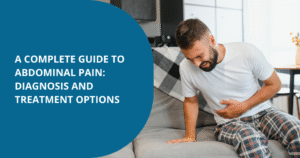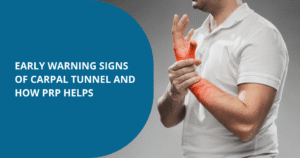Knee pain slowing you down? Be it a dull ache after a long walk or a sharp twinge during your morning jog, it is frustrating when your knees don’t keep up with the rest of you. But what if there was a natural and non-surgical solution that taps into the own healing powers of your body? Enter PRP knee treatment – the modern, science-backed treatment that’s helping knees bounce back without going under the knife. And when it comes to trusted care, Epione Bangalore stands out as the ideal choice – known for expert doctors, advanced techniques and a patient-first approach to pain relief.
Curious how your own blood can become a healing hero? Let’s explore PRP therapy and why it’s quickly becoming the popular and trusted go-to option for knee pain relief!
What is PRP Therapy?
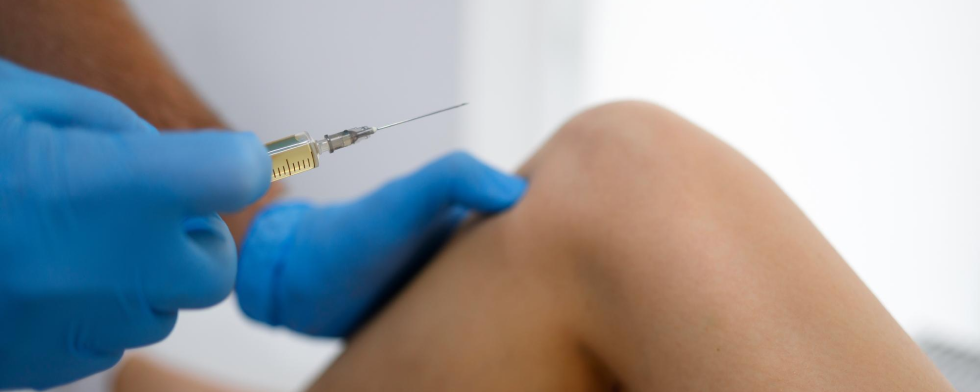
Platelet‑Rich Plasma (PRP) therapy harnesses your own blood’s healing potential. A small sample is taken, centrifuged to concentrate platelets rich in growth factors, then injected into the knee joint to stimulate healing. It is a non‑surgical knee pain treatment procedure designed to repair tissue naturally; ideal for those wanting to avoid surgery.
At Epione Bangalore, PRP is part of advanced non‑surgical regenerative therapy tailored for conditions like osteoarthritis, tendinosis or minor cartilage damage.
How PRP Works for Knee Pain Relief?
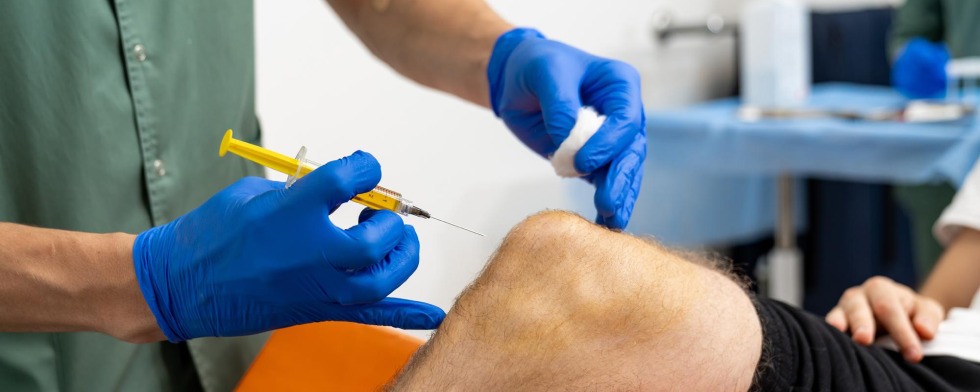
PRP treatment works by delivering a high concentration of the essential growth factors directly into the damaged area. These factors such as PDGF, TGF‑β and IGF, boost tissue regeneration, reduce inflammation and accelerate healing. Over a few weeks, this triggers cartilage repair and improved function, helping to slow the progression of diverse types of knee pain and early knee arthritis.
What Are the Benefits of PRP for Knee Pain?
- Non‑surgical alternative: PRP avoids the risks, costs and downtime of surgery, making it a compelling choice for many patients.
- Natural and safe: PRP uses your own blood, minimising the risk of allergic reactions, skin rashes or complications, with minimal side‑effects.
- Reduced pain and inflammation: Many patients report lasting pain relief and improved joint stiffness. Studies suggest PRP can outperform other injections like hyaluronic acid in reducing knee pain symptoms.
- Enhanced mobility and function: Better tissue regeneration means greater flexibility and return to daily activities.
- Minimal downtime: Most patients resume normal routines within 24–48 hours; intensive activity is scaled back temporarily.
With so many impressive benefits of the PRP knee injection, from reducing inflammation to promoting long-term healing, it is no wonder PRP therapy is gaining popularity among those seeking lasting relief.
But what exactly happens once you decide to go ahead with the treatment? Let us walk through and explore what to expect during the PRP procedure.
What Happens During the PRP Procedure?
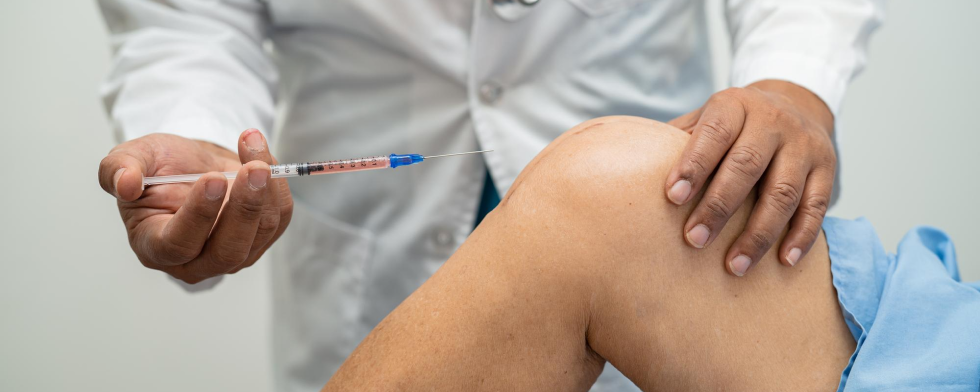
Here is what to expect at Epione Bangalore’s PRP session –
- Step 1: Blood Collection: A small amount of blood is carefully drawn, similar to a standard blood test.
- Step 2: Centrifugation: The sample is spun to separate platelet-rich plasma from other blood components.
- Step 3: Injection: The PRP is injected into the knee under ultrasound guidance for pinpoint accuracy. Local anaesthetic is applied to minimise discomfort.
- Time needed: The whole session takes approximately 45 to 60 minutes. However, the actual required time depends on your overall health conditions and the severity of your knee pain.
- Post‑procedure: Most patients rest at the facility briefly before going home. You may experience mild pain or stiffness at the injection site for a day or two. There are no major side effects of the procedure, making it suitable for almost everyone struggling.
Recovery Process
The PRP injection knee recovery time is swift.
- First 48 hours: Mild swelling or discomfort is common. Cold compresses and over-the-counter pain relief (excluding anti‑inflammatories for a few days) are recommended.
- Day 3 onwards: Light stretching and guided physiotherapy begin to support joint healing.
- Weeks 4 to 6: Patients typically notice steady improvement in knee pain and mobility.
- Up to six months: Benefits may continue to progress as regeneration continues.
- Maintenance: Depending on severity, a series of two or three injections spaced a few weeks apart may be advised along with general tips for the prevention of knee pain.
Most clients return to work or normal routines quickly, though high-impact activities are gradually reintroduced.
Conclusion
If you are seeking a non‑surgical path to knee pain relief, PRP therapy at Epione Bangalore could be a smart choice. As a gentle, regenerative method, it offers pain reduction, tissue repair and improved joint function without the long recovery of surgery. While not all patients respond equally, many find long-lasting results and enhanced mobility. For those exploring home remedies for knee pain alongside clinical options, PRP can be a complementary approach offering deeper and targeted healing.
Choosing between surgery and regenerative treatments like PRP depends on your individual condition, medical advice and lifestyle preferences. At Epione, our specialists will guide you through every step, from consultation to follow-up and rehabilitation. Want to explore more? Visit Epione’s website or book a consultation today!
